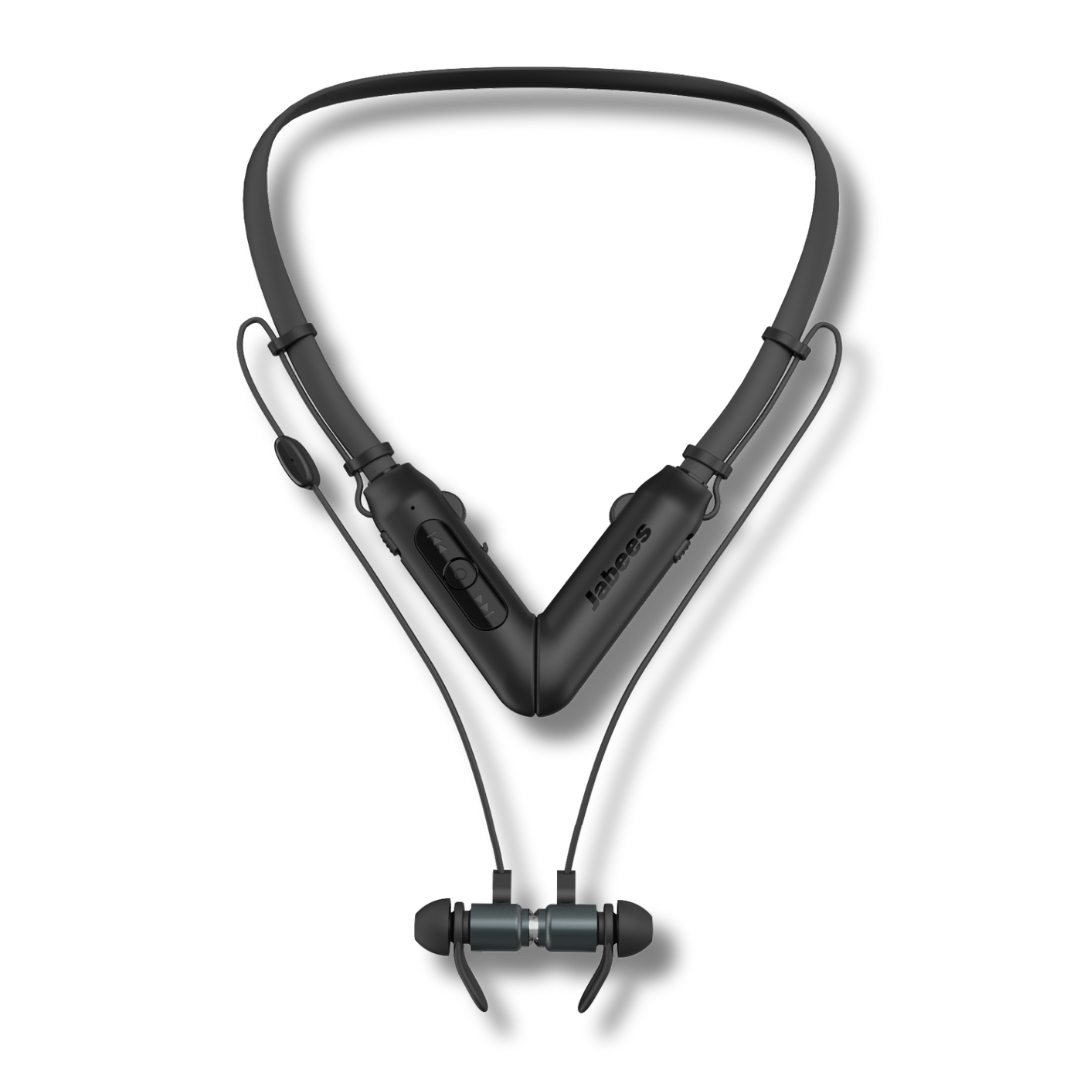
Why Sharing a Bed Isn’t Always the Cozy Dream It Seems
Falling asleep next to someone you love is one of life’s quiet joys. It builds connection, warmth, and trust. But for many couples, it also comes with a few less romantic realities — like snoring, mismatched sleep schedules, or one partner wanting a sleep soundtrack while the other needs silence.
In fact, sleep experts note that about 1 in 4 couples opt to sleep apart at least some of the time just to preserve rest and harmony. But before you start measuring your bedroom for separate beds, let’s explore how you can keep sharing a bed — and still get quality sleep.
Common Reasons Couples Struggle to Sleep Well Together

Different sleep schedules & body clocks
Maybe one of you is a natural night owl, while the other is nodding off by 9 PM. Or perhaps work schedules force a misalignment. This can lead to disturbances that cut into precious deep sleep.
Snoring or restless movements
Snoring isn’t just an annoyance — it can reduce sleep quality for both people. If it’s loud or frequent, it might even be a sign of sleep apnea, which deserves medical attention. (Learn more from this Sleep Foundation guide).
Noise & light sensitivities
Some people sleep like rocks; others wake up if the air conditioner hum changes pitch. It’s common for couples to have very different thresholds for sound and light, which can leave one or both tossing and turning.
How Noise Impacts Sleep: What Science Tells Us
It’s easy to underestimate just how sensitive the sleeping brain is to sound. Research shows that noise — even at relatively low levels — can trigger micro-arousals, tiny moments where your brain flicks briefly into a lighter sleep stage or wakes entirely.
Over the course of the night, these add up, leading to:
- Less slow-wave & REM sleep, which are crucial for memory, immune health, and mood.
- Increased heart rate and production of stress hormones like cortisol.
-
Next-day fatigue, irritability, and difficulty concentrating.
According to studies published in PubMed, chronic noise exposure during sleep has even been linked to higher risks of cardiovascular issues over time.
That’s why managing nighttime noise — whether it’s snoring, traffic, or the neighbor’s dog — is key to long-term sleep health.
Sleep Sound Machine Benefits (and Other Noise Solutions)
One popular way couples try to smooth out nighttime disruptions is with white noise machines. The steady hum masks sudden noises (like a door slam or snore), so your brain doesn’t startle awake.
Other benefits include:
- Helping you fall asleep faster by signaling a “bedtime routine.”
- Reducing nighttime wake-ups caused by unpredictable sounds.
- Some models even play gentle nature tracks, like rainfall or ocean waves, which can encourage deeper relaxation.
However, these are still room-based solutions. What if one partner needs soothing audio to drift off — and the other finds it maddening?
How to Sleep Better with Your Partner: Practical, Research-Backed Tips
Instead of defaulting to separate beds, try these adjustments to keep sharing your sleep space comfortably.
1. Keep the bedroom cool & dark
The sweet spot for most people is around 65°F (18°C). Darkness is equally important — invest in blackout curtains or a comfy eye mask to support your body’s natural melatonin production.
2. Align bedtimes when possible
Even a 30-minute overlap can mean fewer disruptions. Try winding down together with reading or light stretching.
3. Be mindful of evening habits
Cut back on caffeine after mid-afternoon and avoid heavy meals or alcohol close to bedtime, which can fragment sleep.
4. Upgrade your mattress & bedding
A medium-firm mattress with good motion isolation can keep one partner’s tossing from jolting the other awake. If blanket battles are common, try separate duvets.
5. Try noise management
If external sounds (or snoring) are an issue, a white noise machine for couples can create a consistent audio backdrop that masks jarring interruptions.
But for truly mismatched audio needs, there’s an even smarter approach.
When One Partner Likes Noise and the Other Wants Silence
Imagine you drift off best with a podcast, guided meditation, or gentle rain track. Meanwhile, your partner is glaring at you, desperate for silence.
This is a classic couple sleep challenge — and often a source of tension.
Instead of sacrificing your relaxation routine or forcing your partner to suffer through your audio preferences, there’s a more thoughtful solution.
A More Personal Option: The Subtle Magic of the Jabees PEACE Pillow Speaker
The Jabees PEACE Pillow Speaker is a clever little device that sits under your pillow. Unlike traditional speakers, it uses bone conduction technology — sending gentle vibrations through your pillow directly to your inner ear.
This means:
🎧 You enjoy your favorite calming sounds, podcasts, or sleep stories.
🤫 Your partner hears nothing at all.
It’s ultra-thin (no awkward lumps under your head), lightweight, and works with almost any pillow. So you both get to drift off on your own terms — without sacrificing shared snuggles.
Bottom Line: Better Sleep Means a Better Relationship
Quality sleep isn’t just about feeling rested. It shapes your mood, your patience, and even how affectionate you feel. Poor sleep has been linked to more frequent conflicts and less empathy toward your partner — which means improving your shared sleep environment is an investment in your relationship, too.
If noise differences are your main stumbling block, exploring solutions like a white noise machine for couples or a more personalized option like the PEACE Pillow Speaker could be the gentle nudge your nights need.
Ready to transform your nights?
Discover how the PEACE Pillow Speaker can help you both enjoy restful, customized sleep — without compromise.
Learn more here and start turning bedtime back into quality couple time.
References:
How noise disrupts sleep: https://www.sleepfoundation.org/noise-and-sleep
Long term health risks from nighttime noise: https://pubmed.ncbi.nlm.nih.gov/31600891/
Snoring facts and impacts on couples: https://www.sleepfoundation.org/snoring



